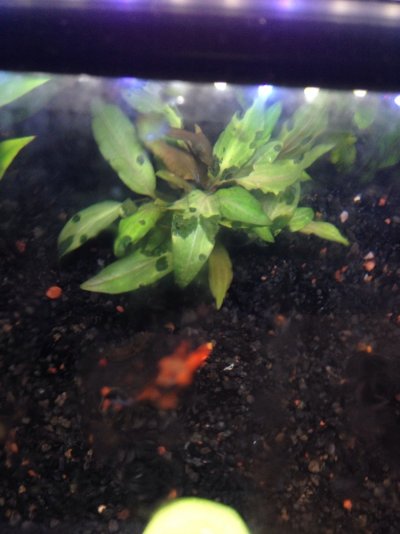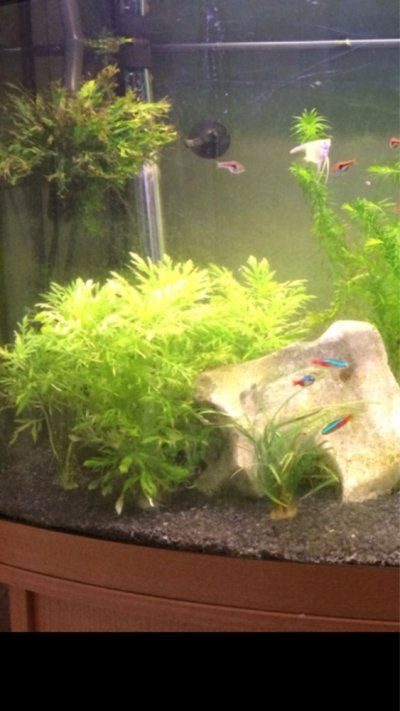Mikeaq
Aquarium Advice Activist
- Joined
- Jul 15, 2013
- Messages
- 189
having a problem with my plants & can't figure out what it is. I read online lack of potassium but I'm not sure if that's the only problem.
I don't use co2 because I'm poor & wouldn't want a bulking DIY system out in the open. (No place to hide one with this tank). I plan on definitely getting a co2 system in the near future.
This is happening to all my crypts & red wentii. Eco complete substrate, root tabs, & excel daily. Lighting is 36 par, 12 inch tank.
This red wentii in the pic has only been in my tank for 3 days. It was perfectly healthy beforehand.
Can anyone share their knowledge?

Sent from my iPhone using Aquarium Advice
I don't use co2 because I'm poor & wouldn't want a bulking DIY system out in the open. (No place to hide one with this tank). I plan on definitely getting a co2 system in the near future.
This is happening to all my crypts & red wentii. Eco complete substrate, root tabs, & excel daily. Lighting is 36 par, 12 inch tank.
This red wentii in the pic has only been in my tank for 3 days. It was perfectly healthy beforehand.
Can anyone share their knowledge?

Sent from my iPhone using Aquarium Advice


